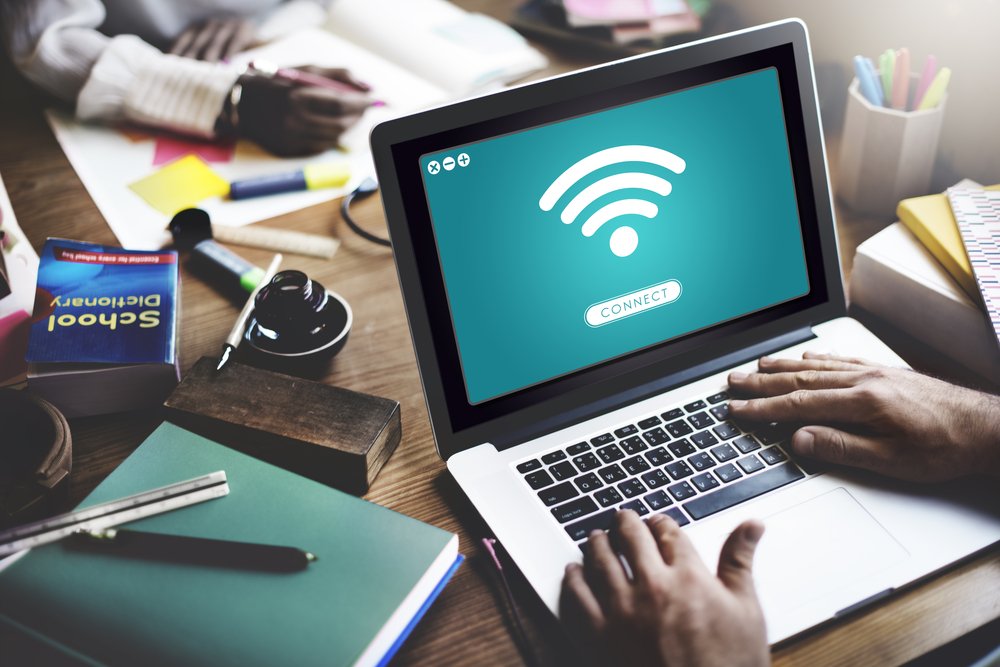Comprehensive Guide to Wi-Fi Router Support

WIFI ROUTER SUPPORT
Wi-Fi has become an essential part of everyday life, from streaming video and music to supporting smart home devices, work-from-home setups, and online gaming. At the center of this connectivity is the Wi-Fi router, the device that keeps your devices online. But when things go wrong—whether it’s a dropped connection, slow speeds, or difficulty setting it up—knowing how to troubleshoot and optimize your router is key.
This guide covers everything you need to know about Wi-Fi router support, including troubleshooting, improving performance, and maintaining a secure connection.
1. Understanding Your WiFi Router support
A Wi-Fi router connects your home network to the internet by converting data from your internet service provider (ISP) into a wireless signal that devices like phones, laptops, and smart devices can connect to.
1.1 Key Components of a Router
- WAN Port (Wide Area Network): This connects to your modem and is responsible for delivering internet to your router.
- LAN Ports (Local Area Network): These ports allow you to connect wired devices like desktops or smart TVs.
- Antennas: These are responsible for broadcasting the Wi-Fi signal throughout your space.
- LED Indicators: These lights give status information about power, internet connection, and network traffic.
- Firmware: The software inside the router, controlling its functionality.
1.2 Common Router Types
- Single-Band Routers: These routers broadcast a single 2.4GHz band. They are suitable for basic internet use, but often suffer from congestion as many devices and home appliances use this frequency.
- Dual-Band Routers: These broadcast both 2.4GHz and 5GHz bands. The 5GHz band provides faster speeds and less congestion, ideal for heavy internet usage, streaming, and gaming.
- Tri-Band Routers: These have an additional 5GHz band, which is useful for households with many devices or intense online activity.
2. How to Set Up a WiFi Router Support
Setting up a new Wi-Fi router is straightforward, but there are a few important steps to ensure everything works smoothly.
2.1 Physical Setup
- Unbox the Router: Make sure you have the router, power adapter, Ethernet cables, and any additional documentation or guides.
- Connect to the Modem: Use an Ethernet cable to connect the router’s WAN port to the modem. This is what gives the router access to the internet.
- Power It On: Plug the router into a power outlet and turn it on. Wait for the lights to stabilize—this indicates that the router has successfully booted up.
2.2 Configuration
- Access Router Settings: Open a web browser and enter the router’s IP address (commonly
192.168.1.1or192.168.0.1). Log in using the default credentials found in the router’s manual. - Set Network Name and Password: Customize the SSID (network name) and choose a secure password for your network. This is critical to prevent unauthorized access.
- Choose Frequency Bands: If your router is dual- or tri-band, you can configure separate SSIDs for the 2.4GHz and 5GHz bands.
- Update Firmware: Check for any firmware updates to ensure that your router has the latest security patches and performance improvements.
3. Troubleshooting WiFi Router support Issues
Even the best routers can experience issues from time to time. Here’s how to diagnose and resolve common problems.
3.1 Slow Internet Speeds
If your Wi-Fi is slower than expected, there are several possible causes:
- Interference: Wi-Fi signals can be disrupted by walls, metal objects, and other electronic devices. Consider relocating your router to a central, unobstructed position in your home.
- Congestion: Too many devices connected to a single frequency band can slow down the network. Use the 5GHz band for devices that need faster speeds.
- Bandwidth-Hungry Apps: Streaming video or downloading large files can hog your bandwidth. Consider limiting these activities during high-traffic periods.
3.2 Dropped Connections
A dropped connection can be caused by:
- Firmware Issues: Ensure that your router’s firmware is up-to-date.
- Outdated Devices: Older devices may struggle to stay connected to newer routers. Check if updating the device’s software or network drivers helps.
- ISP Problems: If the internet connection drops frequently, check with your internet service provider to see if there’s an outage or network maintenance.
3.3 Can’t Connect to Wi-Fi
If you can’t connect to the Wi-Fi at all:
- Check Power and Connections: Ensure the router is powered on and connected properly to the modem.
- Forgotten Password: If you’ve forgotten the Wi-Fi password, you can reset the router to factory settings by holding the reset button for 10-30 seconds.
- SSID Not Visible: If your network’s SSID isn’t showing up, ensure that the router is broadcasting the network name and that your device’s Wi-Fi is enabled.
4. How to Improve Wi-Fi Performance
If your router is working but not performing as well as you’d like, here are ways to boost its performance.
4.1 Router Placement
Placing your router in a central, elevated location can greatly improve signal strength. Avoid placing it near thick walls, metal surfaces, or other electronics that may cause interference.
4.2 Channel Selection
Wi-Fi networks operate on different channels. If too many nearby routers are using the same channel, it can cause congestion and reduce performance. Most modern routers automatically choose the best channel, but you can manually select a less crowded one using your router’s settings.
4.3 Use a Mesh Network
If your home is large or has multiple floors, a mesh Wi-Fi system can ensure coverage across all areas. Mesh routers work by creating multiple access points that work together as one network, eliminating dead zones.
4.4 Prioritize Traffic with QoS
Many routers come with a Quality of Service (QoS) feature that allows you to prioritize certain devices or types of traffic. This can be helpful if you want to ensure that video streaming or gaming gets more bandwidth compared to less critical activities like browsing.
5. Ensuring Security on Your Wi-Fi Network
Securing your Wi-Fi network is crucial to preventing unauthorized access, data theft, and malware.
5.1 Use WPA3 Encryption
WPA3 is the latest and most secure encryption standard for Wi-Fi networks. If your router supports it, ensure it is enabled in the settings.
5.2 Change Default Login Credentials
Many routers come with default admin usernames and passwords. Always change these as soon as possible to prevent anyone from accessing your router settings.
5.3 Set Up a Guest Network
If you frequently have visitors, consider setting up a separate guest network. This way, you can allow them internet access without giving them access to your main devices and files.
5.4 Disable Remote Management
Unless you need to access your router remotely, it’s safer to disable this feature to prevent unauthorized users from changing your network settings from outside your home.
6. When to Upgrade Your Router
While troubleshooting and optimization can help extend the life of your router, there comes a time when it may be better to upgrade. Here are some signs that it’s time for a new router:
- Outdated Technology: If your router only supports Wi-Fi 4 (802.11n) or older standards, you may benefit from upgrading to a newer model that supports Wi-Fi 5 or Wi-Fi 6.
- Frequent Connection Drops: If your router frequently loses connection or needs to be reset, it may be nearing the end of its life.
- Increased Device Load: As you add more devices to your network, an older router may struggle to handle the increased traffic. A newer model will offer more robust performance and better handling of multiple devices.
Conclusion
Wi-Fi routers are the backbone of your home’s internet connectivity. By understanding how they work, setting them up correctly, and troubleshooting common issues, you can ensure a fast and stable internet experience. Whether it’s upgrading to a mesh network, securing your router from unauthorized access, or optimizing performance, maintaining your Wi-Fi router is an essential part of modern digital life.



